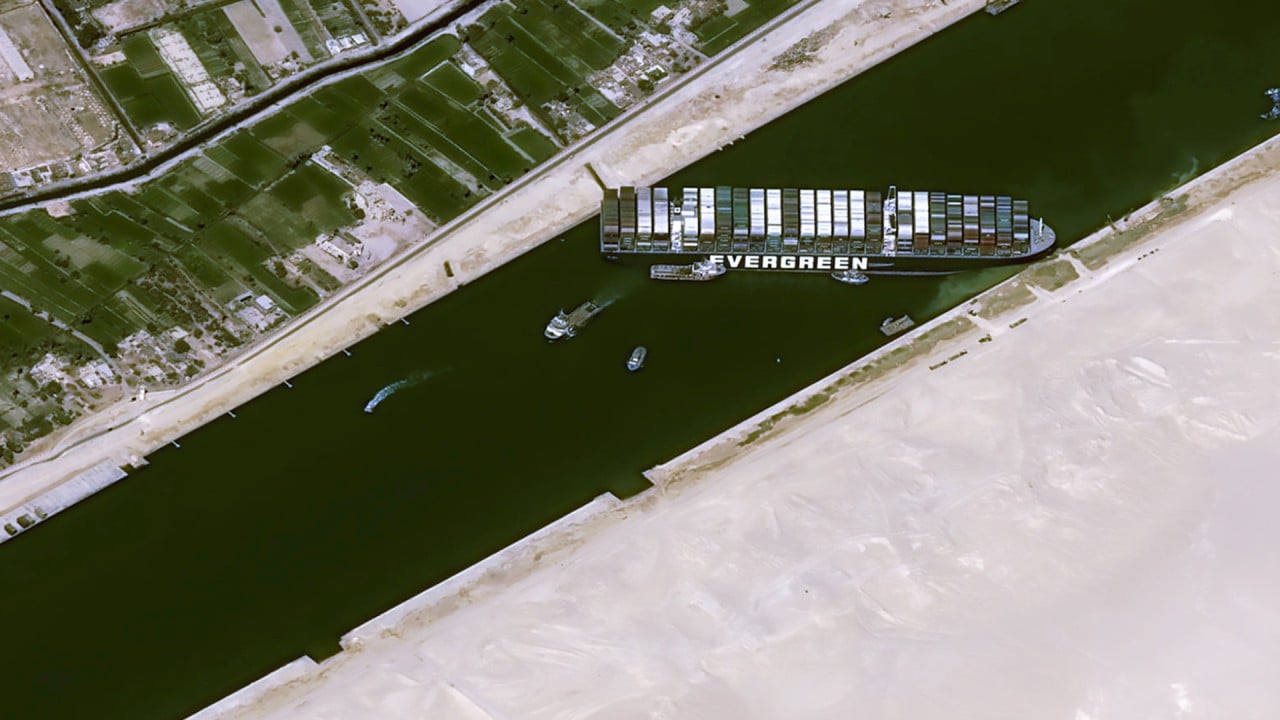After Ever Given freed, unblocking Suez Canal, focus shifts to blame game and years of litigation
- The ship’s Japanese owner has refused to discuss possible causes of the incident, including the ship’s speed and high winds
- Initial reports also suggested a “blackout” struck the vessel, something denied by the ship’s technical manager

As convoys of ships again began travelling in this artery linking East and West through the Mediterranean and Red Seas, hundreds more idled waiting for their turn in process that will take days. Egyptian government officials, insurers, shippers and others similarly waited for more details about what caused the Ever Given to become wedged across the canal’s southern single-lane on March 23.
When blame gets assigned, it could turn into years of litigation over the costs of repairing the ship, fixing the canal and reimbursing those who saw their cargo shipments disrupted. And with the vessel being owned by a Japanese firm, operated by a Taiwanese shipper, flagged in Panama and now stuck in Egypt, matters quickly become an international morass.
“This ship is a multinational conglomeration,” said Captain John Konrad, the founder and CEO of the shipping news website gcaptain.com.
Experts boarded the Ever Given as it idled Tuesday in Egypt’s Great Bitter Lake, just north of the site where it previously blocked the canal. A senior canal pilot, speaking on condition of anonymity because he was not authorised to talk to journalists, said experts were looking for signs of damage and trying to determine the cause of the vessel’s grounding.
Damage to the vessel could be structural, Konrad warned. Stuck for days across the canal, the ship’s middle rose and fell with the tide, bending up and down under the tremendous weight of some 20,000 containers across its 400-metre length. On Monday, when workers partially floated the ship, all that pressure came forward to its bow, which acted as a pivot point until the ship ultimately came free.
“Structural integrity is No. 1. You know, there was a lot of strain on that ship as it was sagging in the waterway,” Konrad said. “They have to check everything for cracks and particularly that rudder and the propeller in the back that’s connected to the engine room.”
“And then they have to go through all the mechanical equipment, make sure they test the engines, all the safety valves, all the equipment, and then determine that it’s safe to sail either by itself or with a tug escort to the next port.”
